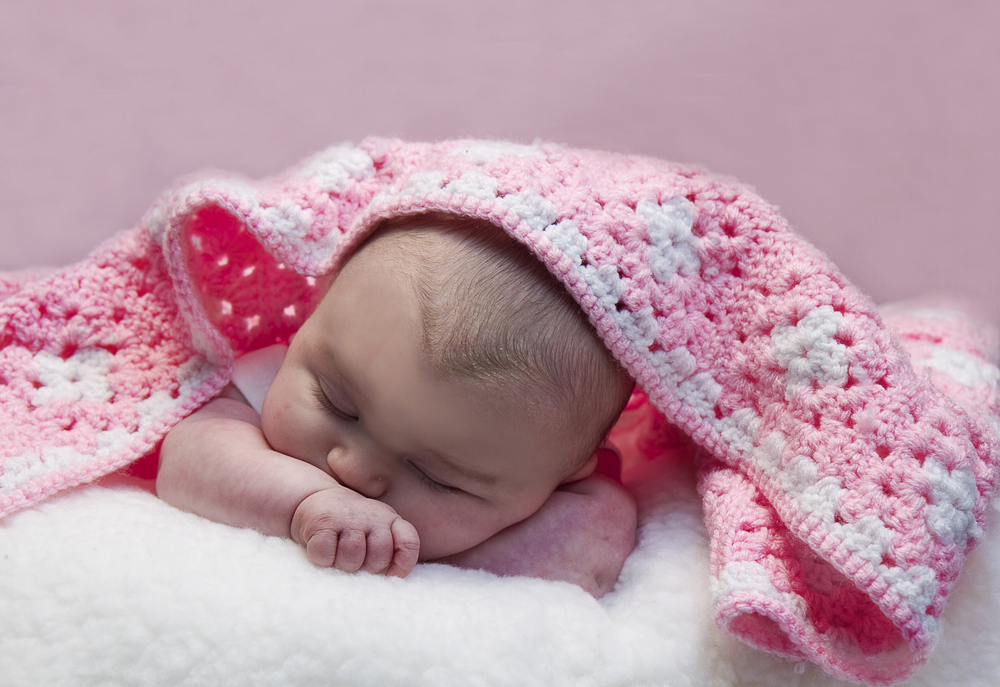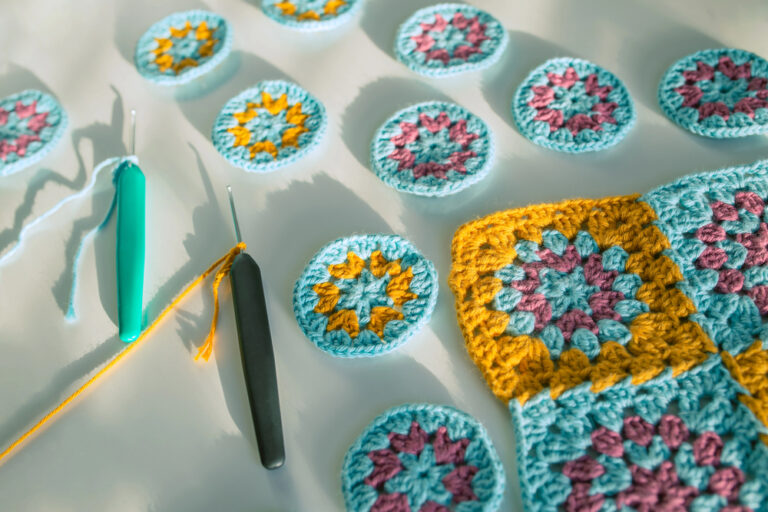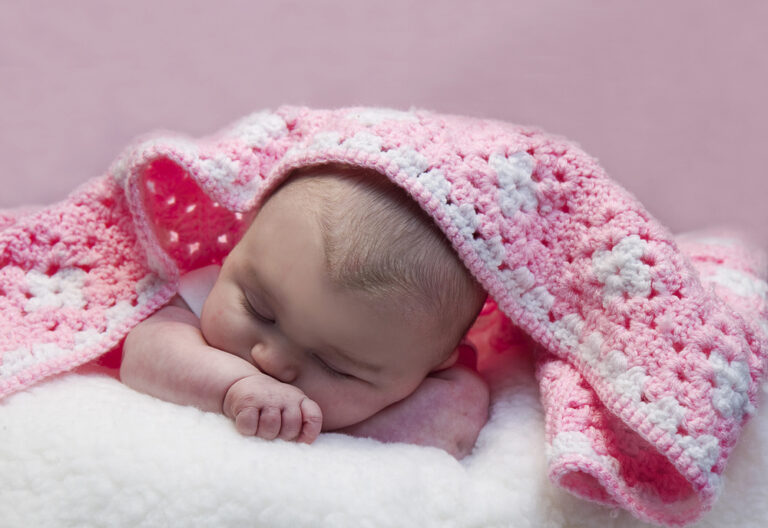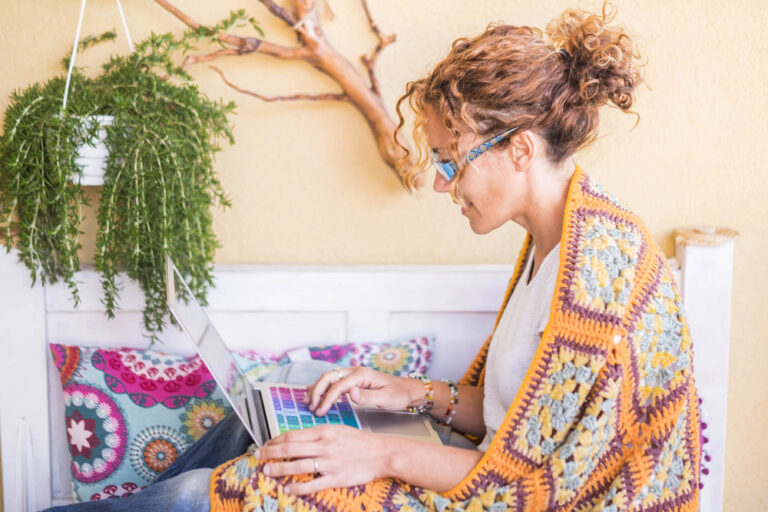
Introduction
A crochet blanket is one of the most satisfying first projects any new crocheter can make. It is large enough to feel substantial, useful enough for your home, and flexible enough to match your preferred skill, size, yarn feel, or color theme. Crochet blankets can be fast or slow, simple or decorative, flat or textured. They can be for babies, pets, sofas, meditation time, guest rooms, picnic days, or winter evenings. And they are perfectly portable—rolled into a tote bag, crocheted during coffee breaks, or worked row by row during small pockets of time.
Crochet blankets also teach progression. As you go, you literally see your skills growing. You begin with a chain, you create a fabric, and you complete something functional. And when someone compliments it, it feels like receiving appreciation for skill, patience, and heart—because it is all those things.
In this 1500-word article, we’ll explore yarn choices, how to estimate yarn amounts, the best hook sizes, common blanket mistakes to avoid, and 9 crochet blanket patterns beginners love—so you can choose one project today and get started with confidence.
What Makes a Crochet Blanket Beginner-Friendly?
-
Straight rows or simple squares
-
Repeated predictable stitches
-
Easy to memorize pattern repeats
-
No complicated shaping
-
No intense stitch counting
Blankets with trebles, bobbles, cables, or overlay mosaics can look stunning—but they aren’t necessary to produce something beautiful at beginner level.
What matters most is repetition.
Yarn Choice and Fiber Matters
Crochet blankets succeed or fail with yarn selection.
Best yarn weights for beginners
-
#4 Medium / Worsted
-
#5 Bulky
-
#6 Super Bulky
If you want a quick success: bulky & super bulky win every time.
Fiber types that feel good for blankets
| Fiber | Pros | Considerations |
|---|---|---|
| Acrylic | cheap, washable, durable | less breathable |
| Cotton | breathable, smooth | heavy weight when large |
| Wool blends | bounce + warmth | can felt if machine-washed hot |
| Chenille / velvet | ultra soft | can “worm” if tension inconsistent |
For the first blanket, acrylic worsted is safe.
Hook Size Rules for Blanket Success
Always check yarn band suggestion, but here’s a quick guide:
| Yarn Weight | Hook Size |
|---|---|
| Worsted #4 | 5.0 mm / H-8 or 5.5 mm |
| Bulky #5 | 6.5 mm |
| Super Bulky #6 | 8 mm – 12 mm |
Important: Use a slightly larger hook than your “ideal crochet comfort” size when making blankets. Larger hook = softer drape.
How Big Should Your Blanket Be?
| Type | Approx Size |
|---|---|
| Baby | 36×36 – 40×40 in |
| Throw | 50×60 in |
| Twin bed | 66×90 in |
| Queen bed | 90×100 in |
Most beginners choose a throw blanket because it is relaxing, not enormous.
How Much Yarn Will You Need?
General rule for a throw blanket:
-
Worsted weight: ~1,800 – 2,500 yards
-
Bulky: ~1,200 – 1,600 yards
-
Super bulky: ~700 – 1,200 yards
Colors matter too:
-
solids look sleek & minimal
-
stripes look advanced but are easy
-
scrappy randomness looks artsy
Tools You Need (simple kit)
-
Yarn
-
Hook
-
Scissors
-
Yarn needle (to weave in ends)
-
Stitch markers (optional)
-
Tape measure
That’s it.
Crochet is one of the lowest-entry textile arts in existence.
How to Start Any Crochet Blanket Step-by-Step
-
Choose yarn weight
-
Choose hook
-
Make a slip knot
-
Chain to desired width
-
Crochet rows back and forth
-
Add border (optional)
-
Weave in ends
You can personalize almost any pattern by changing:
-
yarn color
-
stripe width
-
border style
9 Crochet Blanket Patterns Beginners Love
1) Single Crochet Straight Rows Blanket
The simplest classic. Every row is the same stitch.
It creates a tight, warm, durable fabric.
2) Half Double Crochet Throw
The stitch height is slightly taller than single crochet, which means faster progress and a softer drape.
3) Moss Stitch Blanket (aka Linen Stitch)
Staggered single stitches + chain spaces create woven, modern texture. Monochrome or variegated both look designer.
4) Granny Square Blanket
The most iconic crochet style. Make individual squares while traveling, then join them like patchwork.
5) Basic Ripple / Chevron Blanket
Repeating increases and decreases create wave motion. Looks complicated—but once memorized, it’s rhythmic.
6) Striped Double Crochet Blanket
Double crochet is tall, fast, and forgiving. Changing colors every 2–6 rows makes it visually rich without extra difficulty.
7) V-Stitch Blanket
Pairs of double crochet form “V” shapes. Open, airy, lightweight—and very fast for beginners.
8) Giant Super Bulky Weekend Blanket
Use jumbo yarn and a big hook. One weekend, one blanket. Excellent instant-reward project.
9) Corner-to-Corner (C2C) Beginner Throw
You start small from one corner and increase each row diagonally. When halfway, you start decreasing back to square. Magical geometry. Almost addictive.
Borders: Do You Need One?
Optional. But they help.
Borders:
-
flatten edges
-
hide imperfections
-
look “finished”
Great beginner borders:
-
single crochet border in same yarn
-
crab stitch border
-
moss stitch border frame
Color Advice to Look Like a Pro
Use this formula:
1 neutral + 1 theme color + 1 dark anchor
Example:
-
cream
-
dusty lavender
-
charcoal
Even if your stitches were done imperfectly, thoughtful color makes it look like intentional design.
The Top Beginner Mistakes (avoid these early)
-
Starting chain too tight
-
Changing hook size mid-project
-
Not tracking edges—adding accidental stitches
-
Splitting yarn with hook
-
Switching yarn brands mid-blanket (inconsistent thickness)
Pro tip: count stitches at end of every third row in early phase. Then counting becomes muscle memory.
How to Stay Motivated Through 150 Rows
-
Crochet while watching shows
-
Crochet 20 minutes per day (habit beats burst)
-
Mark weekly progress with stitch markers
-
Photograph after 10 row milestones
Progress snapshots fuel identity reinforcement.
A Crochet Blanket Becomes a Memory Object
Every blanket absorbs meaning:
-
the movie you watched while making it
-
the season of life you were in
-
the intention you stitched into it
Blankets stay with families for decades.
Baby blankets often become heirlooms. Many crocheters report the first blanket they ever completed is the piece they keep for life—even if later work is technically better.
Because the first blanket represents transformation.
You take string…
You make fabric.
That is magic.
Final Encouragement
Choose one of the 9 patterns above today. Pick yarn that feels pleasant to touch. Choose a hook that feels comfortable in your hand. Then make your first chain. Your blanket does not need to be perfect. It only needs to be made.
Your future favorite blanket might not be bought from a store.
It might be the one you crochet yourself this month.
That blanket will always mean more—because it didn’t exist before you created it.
Related Posts
- Crochet Basket: 6 Practical Ways to Display
- Crochet Tutorials: 8 Inspiring Lessons to Level-Up Fast
- Crochet Blanket: 9 Cozy Patterns Beginners Love




